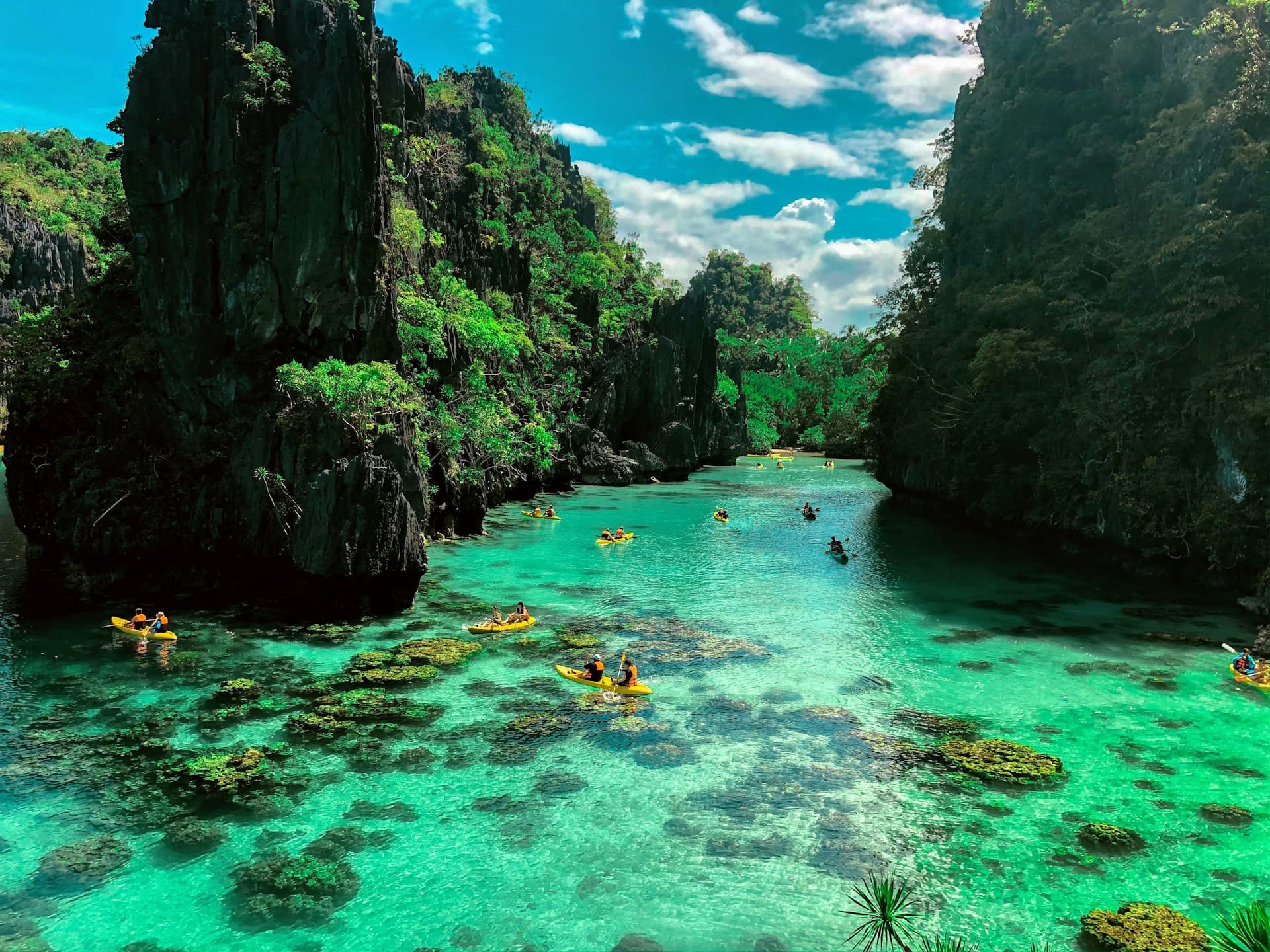
By Joseph Aries F. Señara, Anchor, Brigada News FM Cagayan de Oro
On a quiet hill in Barangay Sambulawan, a towering image of the Immaculate Conception has quietly drawn the faithful, the curious, and the weary alike. Rising 55 feet into the air, the statue is becoming more than a religious site — it is slowly emerging as a center for faith tourism in Northern Mindanao.
Built between 2012 and 2014 by a Filipino-Australian couple inspired by what they described as a spiritual calling, the statue now attracts steady foot traffic. The property remains free to the public, with no commercial facilities nearby, creating a rare space of unfiltered reflection and prayer. Caretaker Che-Che Señara recalls that the land was chosen after neighbors shared accounts of apparitions on the same hill where the statue now stands.
Accessible paths to peace
The site offers two access routes. The shorter one is a 500-meter stretch of gravel, while the longer option is a one-kilometer trail lined with trees and gentle slopes. Both routes are walkable and require no special gear, making the site inclusive for most visitors. There are shaded resting areas midway, with plans for additional amenities in the future.
Travelers coming from Laguindingan Airport can reach Sambulawan via a 20-minute tricycle ride. Local transportation options are increasing in response to rising foot traffic, signaling opportunities for small-scale economic activity. Drivers who once waited idle at terminals now make daily trips ferrying pilgrims and tourists.
Mental wellness and the quiet pull of sacred spaces
Pilgrimage sites like this are gaining renewed interest in the post-pandemic era. According to local observers, many visitors come not only for religious reasons, but also to disconnect and recharge. Mental health advocates say destinations that blend quiet, nature, and purpose can offer therapeutic benefits comparable to guided retreats.
Visitors frequently note the calming effect of the site. Some spend hours in silence. Others light candles or sit in quiet prayer at the statue’s base. Señara says the emotional responses vary — some cry, others simply stand in silence. Either way, she notes, people often leave looking lighter than when they arrived.
Community impact and sustainable potential
While the site remains privately owned and maintained, its presence is beginning to reshape local dynamics. Vendors have begun selling bottled water and candles along the access road. Nearby sari-sari stores report increased foot traffic. Tricycle drivers earn more on weekends. Local barangay officials say they are now exploring simple infrastructure improvements, such as adding directional signs and trash bins, to support the site’s growth.
The tourism potential here lies not in commercial development, but in preserving the sacred atmosphere while ensuring visitor needs are met. Sustainable tourism planners suggest gradual improvements — such as safe footpaths, rest areas, and locally managed tour guides — could enhance the visitor experience while generating income for the community.
Faith-based tourism, when managed with care, offers more than economic gains. It strengthens cultural heritage, creates inclusive spaces, and fosters deeper connections between people and place. In Sambulawan, the quiet rise of this Marian statue might just become a model for how sacred sites can bring spiritual and social uplift to rural communities.
As plans begin for future pilgrim accommodations and improved facilities, one question now shapes local discussions: how can the site remain a sanctuary while welcoming the world to its sacred hilltop?




